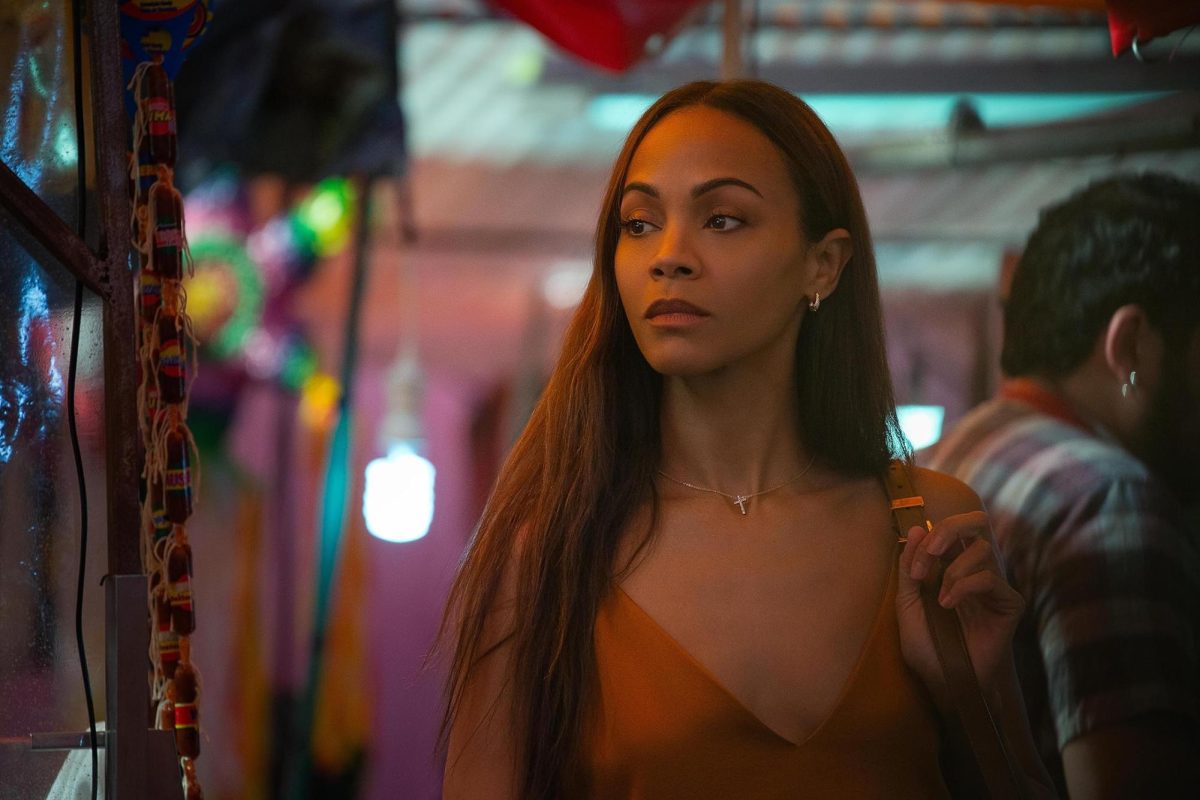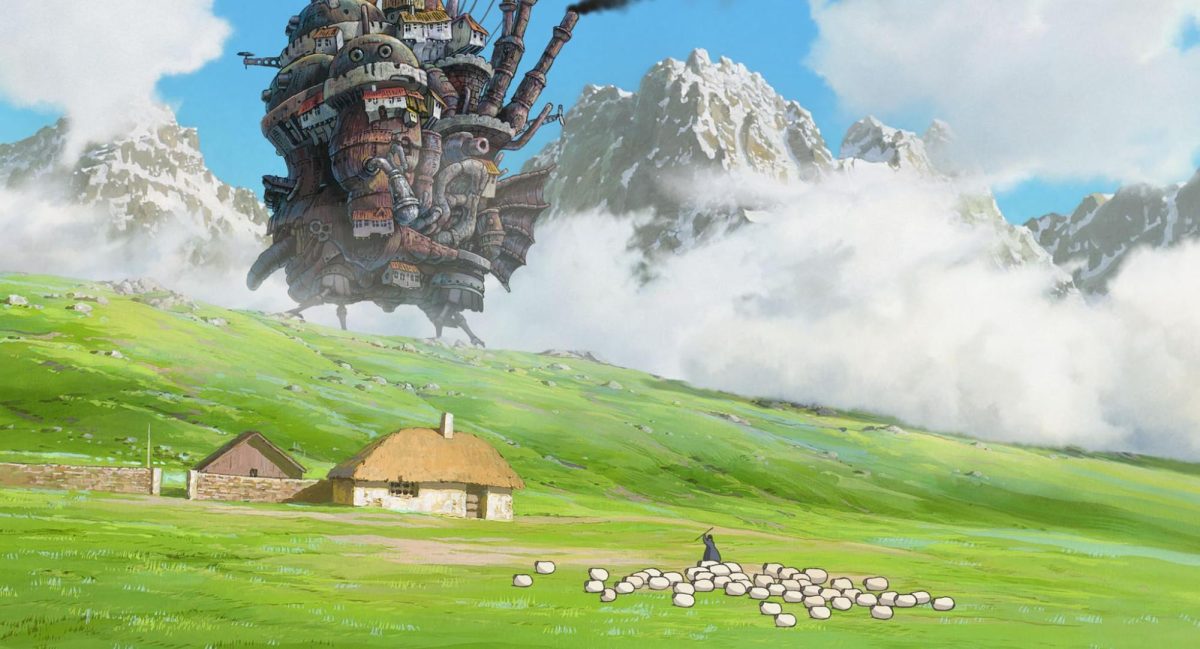Action movies are tirelessly overdone. From “The Bourne Identity” to the seemingly never-ending array of Liam Neeson movies, it’s hard to escape the three-hour films with subpar plots and repetitively incessant action sequences.
In 2014, “John Wick” took the fatigued action movie formula and turned it into something unique, illustrating a remarkable story of revenge with moments of brilliance woven into a dependable action framework.
“John Wick” is a thrilling portrayal of a broken-hearted man with a vengeance, spiraling down a path of violence and mayhem as he seeks to avenge his dead beagle and 1969 Mustang.
Wick (Keanu Reeves) retires from his life as an esteemed assassin to comfortably settle down with his wife, imagining years of peace and happiness awaiting them. Unfortunately, the happiness is cut short when his wife passes away due to health conditions, and Wick is left in an extreme state of grief.
When mobsters steal Wick’s prized car and kill a posthumous gift from Wick’s late wife, a beagle puppy, Wick is sent spiraling into a dangerous rage, going on a hunt to find the men who killed his dog, and stopping at nothing to find them.
Get The Daily Illini in your inbox!
One of the things that stands out about the 2014 film is its ability to tell a story. It’s more than a revenge tale; it’s a detailed narrative of grief and humans’ vindictive nature, along with the things you’ll do for the people you love.
Despite Wick’s ruthless hostility, there is something about Reeves’s character that makes him worth rooting for. He’s undeniably calm and mystic, deliberate in his violence and assured in his ability to execute his plan. He remains calm and cool-headed even as mayhem whirls around him, stoic as he traces down the men who shattered his last attempts at a peaceful life.
With impressive indifference he executes assassin after assassin, clothed in a black turtleneck and a crisp blue suit, his jet-black hair stylishly slicked back. Who knew the criminal world could be so fashionable?
The action choreography is stunningly adept — gritty, realistically executed fight scenes and visceral bloodshed are shown in mesmerizing beautiful detail that’s hard to look away from.
The scenes burst with complexity, the majority of them shown in long, uninterrupted sequences that allow the viewer to take in every detail without becoming insanely overwhelmed.
Director Chad Stahelski began his career as a stunt performer at the age of 24, and his expertise in the field is obvious in the film’s ability to capture the unrefined realism of action sequences.
Besides the action, the cinematography is one of the most remarkable aspects of the film, creating a sense of moodiness and tension that matches Wick’s internal turmoil.
The early scenes are drenched with pale grays and blacks, reflecting his depression as he deals with the loss of his wife. But as Wick reintegrates himself into the assassin world, the cinematographer, Jonathan Sela, alters the atmosphere to capture the in-depth detail of the alternative reality.
Fight scenes burst with vibrancy, visually striking as much as they are brutally grotesque. The cool tones of the earlier scenes give way to bright neon lights and the deep reds of the assassin world.
It’s as elegant as it is barbaric, with an irrefutable stylish appeal, devilishly sleek with vivid colors shattering against relentless violence.
Stahelski boasts of his ability to build a completely new universe, the criminal underbelly of New York displayed with meticulous detail, showcasing the intricate hierarchy of the assassin society.
The pacing of the film is relentless — it doesn’t waste time showering the viewer with unnecessary backstories or exposition. In a true action movie method, Wick doesn’t grieve much before accessing his inventory and beginning the hunt, with moments of violence woven in between more introspective moments of quiet reflection.
It’s predictable and dutifully straightforward, but holds onto an aspect of originality that often isn’t seen within the genre, coursing with adrenaline and tension from the very beginning.
You know how it’s going to end — it’s the journey there that keeps you entertained.








